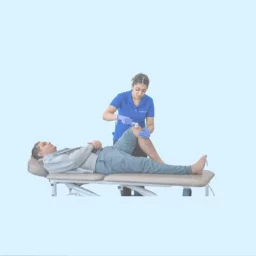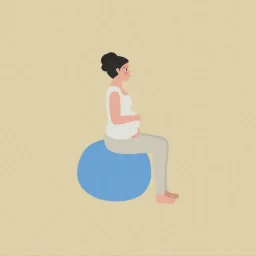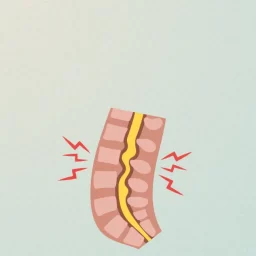Repetitive strain injuries are all too common. They are injuries which occur from repetitive trauma to various tissues such as our muscles, tendons, ligaments, and joints. These traumas are not huge like falling down a flight of stairs. Instead, they are microtraumas which occur repetitively over days, months or even years. At a certain point, our bodies have trouble managing the repetitive injuries and we start to feel pain or discomfort.
In today’s society, a common cause of repetitive strain injuries is computer work. Symptoms may vary depending on the body part involved. General symptoms can include localized tenderness, throbbing pain, tingling in the arm or hand, change in sensation, and loss of strength. It’s also important to note that a repetitive strain injury in one area may cause compensatory changes in other areas, resulting in pain or discomfort located away from the original injury.
Three Common Types of Repetitive Strain Injuries
1. Tendonitis/Tendinosis
Common sites include the biceps, shoulder, and elbow. This includes golfers and tennis elbow. There is typically damage to a tendon at the insertion point on a bone. This can cause inflammation and pain.
2. Bursitis
Bursae are small sacs of fluid that help to reduce friction as a tendon moves over a bone. Inflammation of this sac is called bursitis. There are over 150 bursas in our bodies. Most we are born with but we can develop bursas over our lifetime as a response to sites or repetitive stress or pressure. Common areas that cause us pain are the shoulder, elbow, knee, and hip.
2. Carpal tunnel syndrome
Pain is the result of pressure on the median nerve. The nerves and tendons of the wrist are covered by a sheath. When that space becomes smaller, the nerves can become irritated. Swelling or anything making the space smaller can create a problem. For example, those with conditions including hypothyroidism, rheumatoid arthritis, diabetes, or pregnancy may be more prone to carpal tunnel. Repetitive movements of the wrist (as with computer work for example) can make people more susceptible to carpal tunnel.
What Can You Do to Prevent These Injuries?
Because many of these injuries are a result of what we do on a day-to-day basis, it can be especially challenging to correct or change behaviours. Things that you can do to reduce your risk of developing repetitive strain injuries include:
- Employ good work ergonomics: your work position should be as neutral as possible.
- Taking breaks: taking a break from an activity which is repetitive in nature can help alleviate the strain on your body. You can set an alarm or timer on your phone as a reminder to get yourself up and moving in a different way. Straighten Up Canada is a helpful free app that can remind you to take breaks and move.
- Stretching: stretching regularly can help to alleviate tension from poor posture or repetitive movements.
- Vary your activity: change up what you are doing throughout the day. Fill your day with tasks that require different kinds of movements. This goes for exercise as well. Doing the same exercise routine over and over can also cause a repetitive strain injury.
- Take care of your health: Visit your chiropractor, registered massage therapist, and physiotherapist for help. Each of these providers can assist with repetitive strain injuries in different ways and will also be able to give you advice on how to prevent these types of injuries.
For more information or to book an appointment with one of our chiropractors, physiotherapists or massage therapists, visit our clinic websites at Curavita Byward and Curavita Glebe.
Byward Market
Email: info.byward@curavita.com
Glebe
Email: info.glebe@curavita.com
















